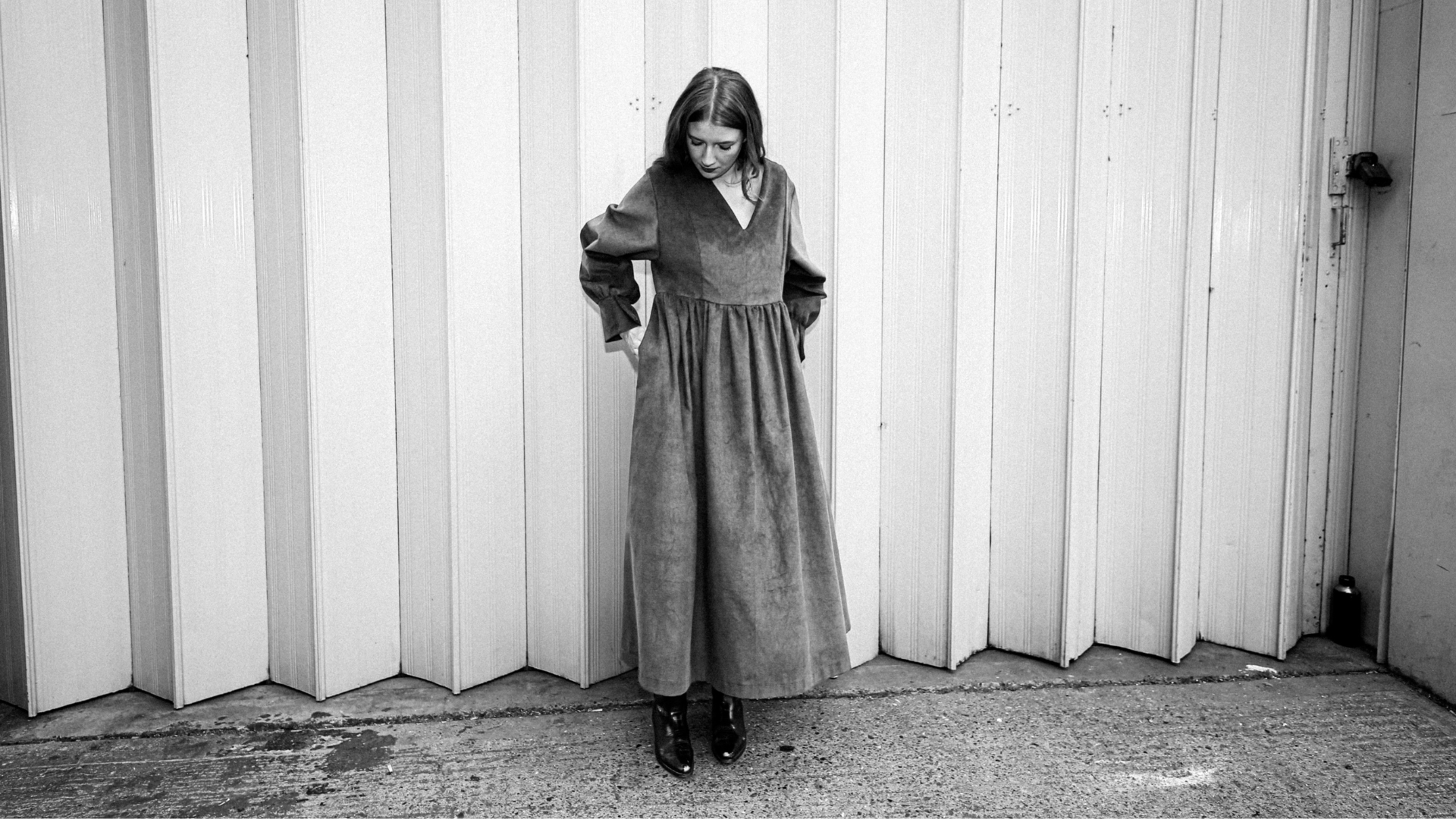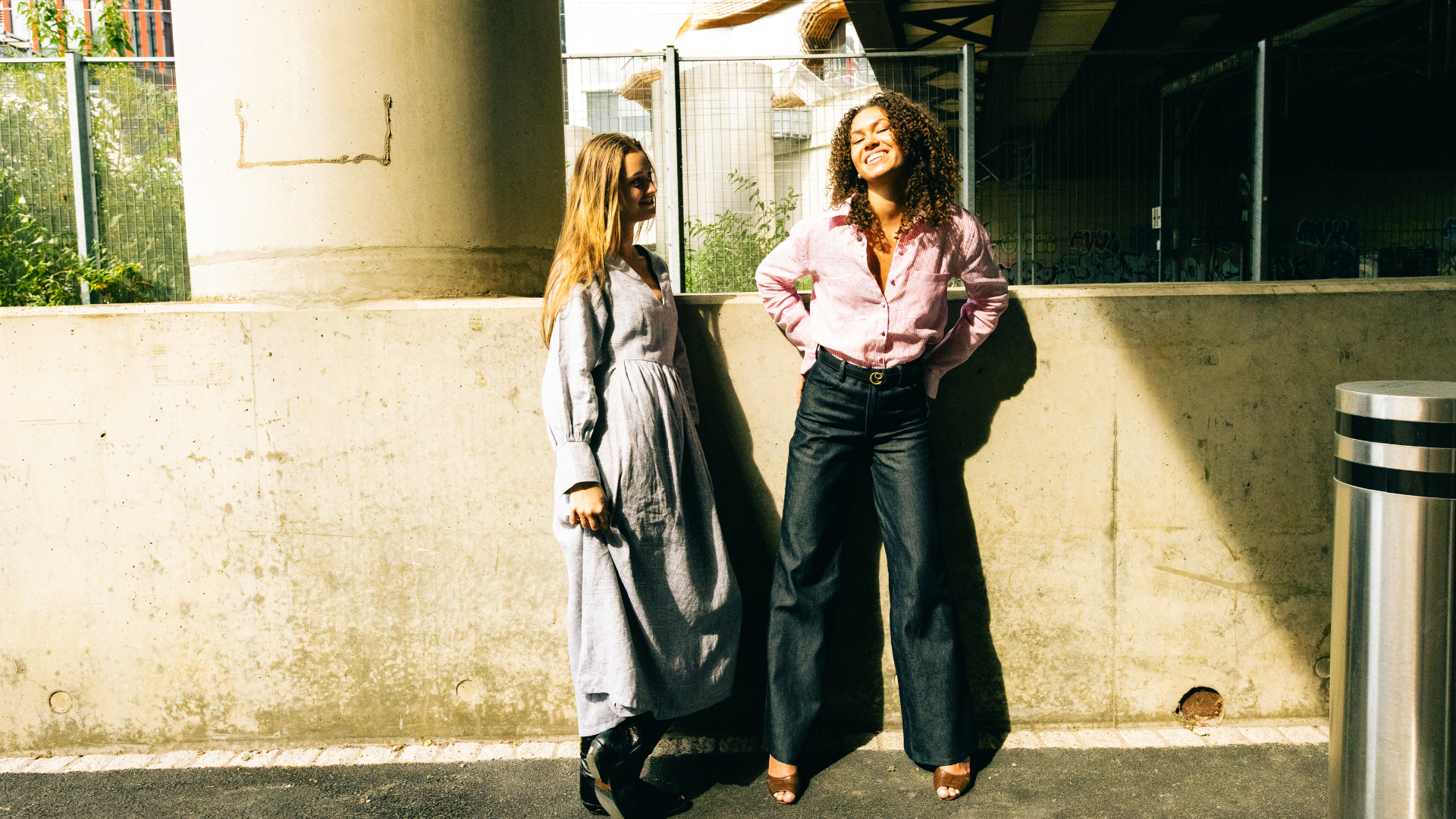
Slow Fashion vs Fast Fashion: Key Differences
In recent years, the discussion about fast fashion vs slow fashion has grown louder. Both terms define very different approaches to clothing, consumer habits, and environmental impact. One system thrives on speed and accessibility, while the other encourages patience, quality, and responsibility.
But why does this debate matter? And when we examine it fairly, is slow fashion better than fast fashion? To find out, let’s explore what each system represents, where they clash, and what the rise of slow wear tells us about the future of clothing.
What is Fast Fashion?
Fast fashion refers to the mass production of low cost clothing designed to replicate current catwalk trends and celebrity looks. Speed is the key; new lines are developed and shipped to stores within weeks.
Key Traits of Fast Fashion
-
Cheap materials and low prices: accessible clothing, but often poor quality.
-
Constant turnover: shops get new designs every fortnight.
-
Scale: millions of garments are produced in bulk.
-
Disposability: customers wear an item only a handful of times before discarding it.
While it promises fashion for all budgets, the hidden costs are alarming: environmental damage, labour exploitation, and a throwaway culture.
What is Slow Fashion (the Opposite of Fast Fashion)?
The opposite of fast fashion is slow fashion: a model built on quality, fairness, and sustainability. Instead of racing to release new items, slow fashion focuses on garments made to last for years.
Core Values of Slow Fashion
-
Timeless design: classic cuts rather than one season trends.
-
Ethical labour: fair wages, safe working environments.
-
Sustainability: eco friendly fabrics, reduced production, minimal waste.
-
Slow wear culture: care, repair, and reuse of clothing.
The slow wear philosophy is central here, encouraging consumers to buy less, but better.
Fast Fashion vs Slow Fashion: A Side-by-Side Comparison
The easiest way to clarify the fast fashion vs slow fashion debate is a direct comparison:
|
Feature |
Fast Fashion |
Slow Fashion |
|
Production Speed |
Ultra fast: weeks |
Slow, seasonal cycles: months |
|
Price |
Low upfront cost |
Higher price, longer wear |
|
Materials |
Synthetics, low quality |
Organic cotton, linen, hemp, recycled fabrics |
|
Ethics |
Often exploitative labour |
Ethical fashion practices |
|
Longevity |
Disposable, poor durability |
Built to last years and be repaired |
|
Sustainability |
Heavy waste, pollution |
Eco conscious, recyclable |
|
Consumer Role |
Buy often, bin quickly |
Repair, rewear, value |
This contrast shows that fast fashion vs slow fashion is not just about money, it’s about mindsets and values.
The Idea of Slow Wear in Fashion
Slow fashion has inspired a sub movement known as slow wear. This refers to how individuals treat and extend the life of their clothes.
What Slow Wear Involves
-
Wearing clothes for many years instead of months.
-
Learning repair skills: sewing, patching, re dyeing.
-
Making considered purchases rather than impulse buys.
-
Recycling or donating unwanted clothing responsibly.
Slow wear ensures your wardrobe outlasts trends. It also illustrates the opposite of fast fashion: respect for every garment’s journey.
Is Slow Fashion Better than Fast Fashion?
The pressing question is slow fashion better than fast fashion? From almost every angle, the answer is yes.
Environmental Perspective
Slow fashion uses fewer resources, natural fabrics, and longer lifespans, meaning less waste and pollution. Fast fashion, conversely, is one of the world’s most polluting industries.
Ethical Perspective
Fast fashion has been linked to unsafe working conditions and extremely low wages. Slow fashion embeds ethical fashion practices within its DNA, ensuring livelihoods and dignity.
Financial Perspective
Fast fashion appears cheaper, but poor quality means constant repurchasing. Slow fashion items may cost more upfront, but their longevity makes them more cost effective.
Across environment, ethics, and economy, slow fashion truly is better than fast fashion.
Cultural Impact of Fast Fashion vs Slow Fashion
Fashion is more than fabric, it reflects culture. The fast fashion vs slow fashion debate reveals deeper shifts in values:
-
Fast fashion represents a culture of immediacy, convenience, and disposability.
-
Slow fashion is tied to mindfulness, care, and respect for makers and materials.
Movements like slow wear show a younger generation’s willingness to prioritise ethics and sustainability over endless consumption.
Consumer Choices in the Debate
As consumers, we hold significant power. Supporting the opposite of fast fashion requires changes in how we shop:
-
Buy less, but invest more: one good jumper is better than five poor quality ones.
-
Support transparent brands: those sharing supply chain details.
-
Embrace slow wear: learn repairs, re dye, and cherish favourites.
-
Second-hand and vintage: extend life cycles of existing clothes.
-
Question greenwashing: scepticism with “eco lines” from known fast fashion brands.
Every action reinforces the slow fashion vs fast fashion debate in favour of sustainability.
The Broader Implications
The clash of fast fashion vs slow fashion isn’t just about wardrobes. It connects to:
-
Climate policies: governments targeting waste and pollution.
-
Social justice: ensuring garment workers are treated fairly.
-
Economics: shifting value from mass consumption to durability.
-
Identity: embracing individuality over copy paste trends.
Slow fashion can ultimately reshape consumer culture itself, creating a slower, more thoughtful economy.
The Future of the Debate
The future of fast fashion vs slow fashion may be shaped by:
-
Technology: biodegradable fabrics, 3D printed clothing reducing waste.
-
Policy shifts: extended producer responsibility, stricter labour laws.
-
Consumer behaviour: more people adopting slow wear.
-
Education: growing awareness of how personal choices drive global change.
Younger consumers especially are questioning the opposite of fast fashion, demanding accountability from companies.
Conclusion
The comparison of fast fashion vs slow fashion makes one truth clear: while fast fashion offers affordability and instant gratification, it comes at enormous hidden costs to people and the planet. Slow fashion, the opposite of fast fashion, emphasises longevity, ethics, and sustainability values also embodied in the spirit of slow wear.
So, is slow fashion better than fast fashion? Yes, because it aligns style with responsibility. Slow fashion protects workers’ rights, reduces waste, and creates wardrobes built to last.
The choice between fast fashion vs slow fashion goes well beyond personal shopping. It’s about the kind of world we want to live in, one driven by short term consumption, or one committed to long term care.
Discover a conscious alternative in the No More Nobody collection.
Written by Monisha Hasigala Krishnappa




Leave a comment
This site is protected by hCaptcha and the hCaptcha Privacy Policy and Terms of Service apply.